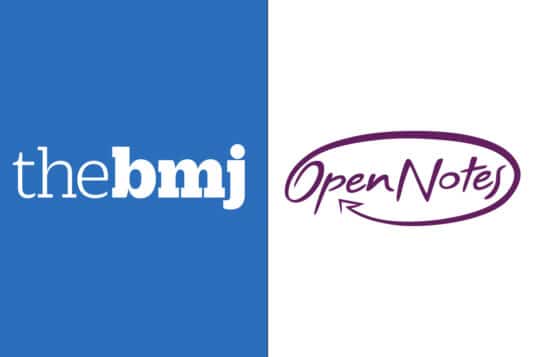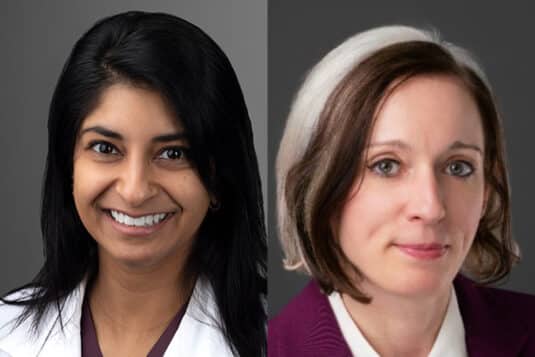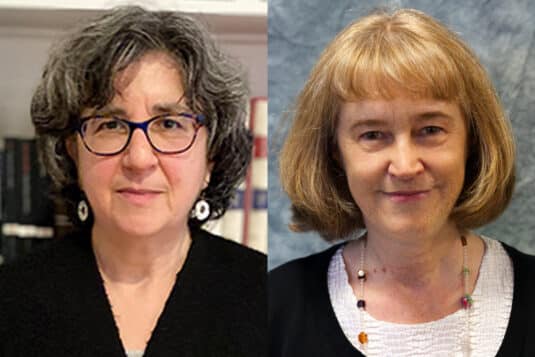In a recent BMJ opinion, OpenNotes leaders warn that a proposal by U.S. health secretary Robert F. Kennedy Jr. to eliminate public comment in federal health policymaking threatens transparency, public trust, and democratic values.
Delbanco, Tom
Guidelines for Patient-Centered Documentation in the Era of Open Notes: A Qualitative Study
This study by Vanka, et al, presents 10 guidelines for patient-centered medical documentation, emphasizing respect, clarity, and inclusivity in clinical notes. These principles aim to empower patients, improve trust, and enhance medical education on open notes practices.
Study: Leveraging a patient portal to help patients formulate their healthcare goals
This study tested self-directed tools for older adults with chronic conditions to identify healthcare priorities. Website engagement was low, but 26% completed an Epic previsit questionnaire. Most found it helpful, and physicians noted it facilitated end-of-life care discussions.
Patients Contributing to Visit Notes: Mixed Methods Evaluation of OurNotes
OurNotes interests patients, and providers experience it as a positive intervention. Participation by patients, care partners, clinicians, and electronic health record experts will facilitate further development.
Open Notes: New Federal Rules Promoting Open and Transparent Communication
Patients report understanding what they read, and few take issue or pose subsequent questions. When they do, concerns are often warranted. Indeed, when it comes to safety, two eyes on one record can be far more helpful than two eyes perusing 1,000 records. One in five patients report that they find an error, 40% of which they consider serious. Among doctors inviting patients to read their notes for more than a year, 25% reported patients describing errors that they, the doctors, judged serious. Given the potential for finding mistakes early and preventing subsequent harm, among attorneys, patients, and doctors themselves there is consensus that litigation in the aggregate may well decrease. We know of no instances so far of litigation resulting from what a patient read in a note. Patients report that open notes build trust, and positive relationships promote forgiveness, even if mistakes are made.
Don’t Fear Patients Reading Their Clinical Notes: Opinion
Doctors are learning about new rules coming this April that encourage open and transparent communication among patients, families, and clinicians. The rules, putting into effect the bipartisan 21st Century Cures Act, mandate offering patients access to notes (“open notes”) written by clinicians in electronic medical records. … We believe that clinicians should embrace the spirit of the rules and view them also as HIPAA catching up with a computerized universe. As the new practice takes hold, ambiguities will diminish as further experience and research evolve. Warner Slack, the first doctor to ask patients to talk to computers, opined that patients are the “largest and least utilized resource in healthcare.” Open and transparent communication through electronic medical records may mobilize patients (and their families) far more effectively. Patients will almost certainly benefit. Remembering Slack’s prophecy, we believe that clinicians will too.
Words Matter: What Do Patients Find Judgmental or Offensive in Outpatient Notes?
One in 10 respondents reported feeling judged/offended by something they read in an outpatient note due to the perception that it contained errors, surprises, labeling, or evidence of disrespect. The content and tone may be particularly important to patients in poor health. Enhanced clinician awareness of the patient perspective may promote an improved medical lexicon, reduce the transmission of bias to other clinicians, and reinforce healing relationships.
New U.S. Law Mandates Access to Clinical Notes: Implications for Patients and Clinicians
On 2 November 2020, new federal rules will implement the bipartisan 21st Century Cures Act that, in part, “. . . promotes patient access to their electronic health information, supports provider needs, advances innovation, and addresses industry-wide information blocking practices” (1). The rules forbid health care organizations, information technology vendors, and others from restricting patients’ access to their electronic health care data, or “information blocking” (Table). Although the Health Insurance Portability and Accountability Act gave patients the legal right to review their medical records, the new ruling goes further by giving them the right to access their electronic health records rapidly and conveniently . . .
Six countries, six individuals: resourceful patients navigating medical records in Australia, Canada, Chile, Japan, Sweden and the USA
In the absence of international standards, widely differing attitudes and laws, medical and social cultures strongly influence whether and how patients may access their medical records in various settings of care. Reviewing records, including the notes clinicians write, can help shape how people participate in their own care. Aided at times by new technologies, individual patients and care partners are repurposing existing tools and designing innovative, often ‘low-tech’ ways to collect, sort and interpret their own health information. To illustrate diverse approaches that individuals may take, six individuals from six nations offer anecdotes demonstrating how they are learning to collect, assess and benefit from their personal health information.
Sharing clinical notes, and placebo and nocebo effects: Can documentation affect patient health?
This paper connects findings from the field of placebo studies with research into patients’ interactions with their clinician’s visit notes, housed in their electronic health records, and proposes specific hypotheses about how features of clinicians’ written notes might trigger mechanisms of placebo and nocebo effects to elicit positive or adverse health effects among patients. Bridging placebo studies with (a) survey data assaying patient and clinician experiences with portals and (b) randomized controlled trials provides preliminary support for our hypotheses. The paper concludes with actionable proposals for testing the understanding of the health effects of access to visit notes.






